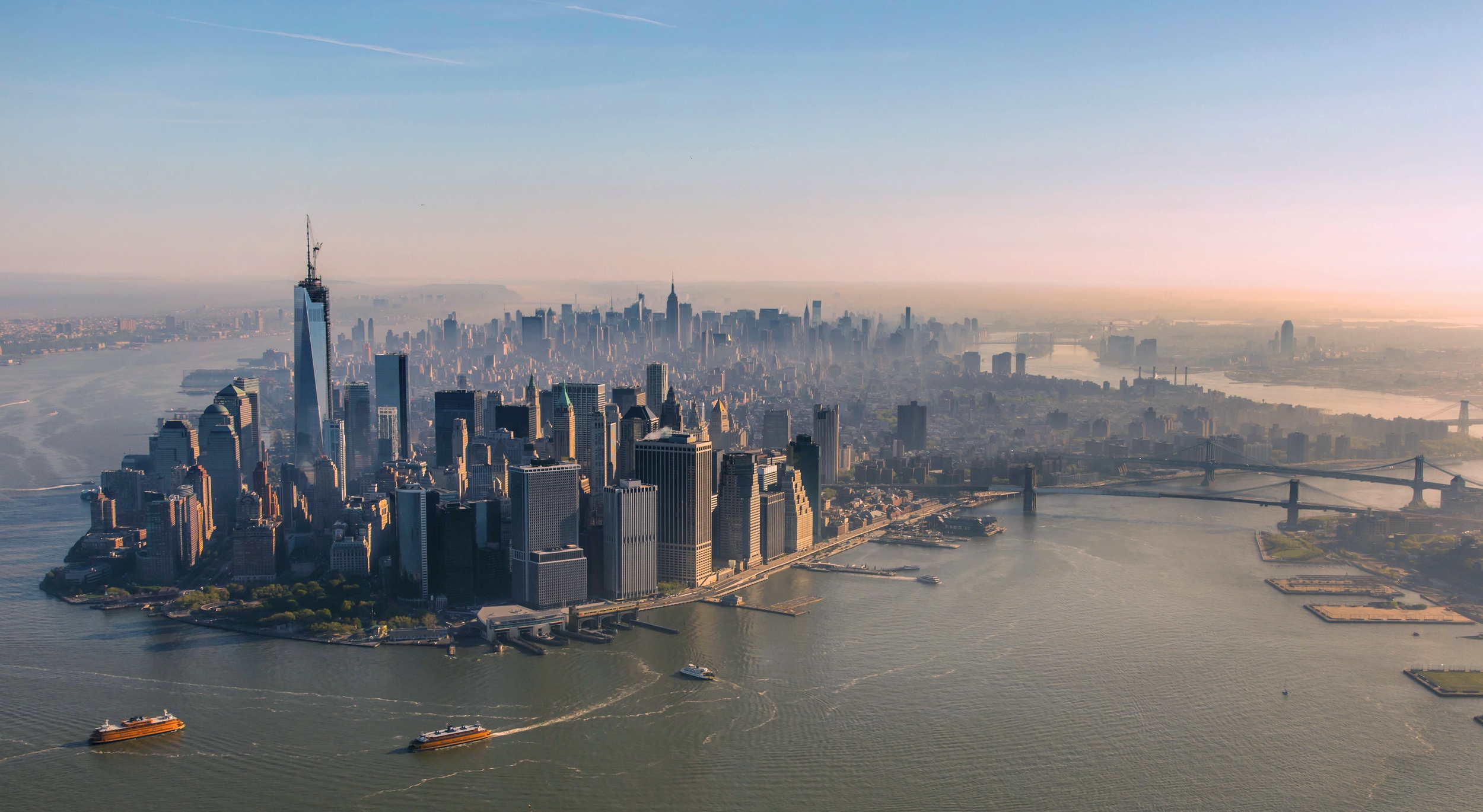There is a new highway system materializing throughout New York City and its boroughs. But this highway won’t cause further traffic jams in the Financial District, bottlenecks at the Lincoln Tunnel, or gridlock in Midtown. Concrete and tar are being replaced with bandwidth and for the first truly significant time, people in and around New York City will have faster connectivity speeds, ultra-low latency and greater data capabilities that will dramatically improve the region’s communications capabilities. And it's free.
The Big Apple is welcoming its residents and visitors to its 21st century information highway that is changing wireless communications experiences throughout Gotham.
Cellular connectivity is nothing new for New York but closing the city’s digital divide and expanding its network offerings in areas where broadband is hard to find, is. LinkNYC, one of the largest public Wi-Fi networks projects being rolled out, will improve wireless technology coverage all over this city. The launch is the latest for the public-private partnership by consortium CityBridge and ZenFi Networks that is providing free public Wi-Fi access via a series of kiosks rising up throughout New York City-particularly in lower Manhattan and the Bronx-as part of the LinkNYC network. Ninety percent of LinkNYC's new Link5G upcoming installations will be in locations in the Bronx, Brooklyn, Queens, Staten Island, and above 96th Street in Manhattan.
However, a wireless network cannot succeed without actual wired backbone. Hugh O'Kane Electric Co., Inc., is supporting this venture by connecting the kiosks and links with fiber and building out the network infrastructure form end to end. The new Linke5G project involves 2,000 links throughout the five boroughs-all of providing free Wi-Fi access and joining the already 1,850 kiosks Hugh O’Kane Electric has already connected. These original kiosks come with a digital ad panel on each side, USB connections to enable people to charge their devices, a Wi-Fi antenna on top to receive a signal and a tablet that provides users free calling and access to city services, maps, and directions.
These urban communication towers have been restructured to house equipment from multiple wireless carriers on each antenna. Hugh O'Kane Electric is running the underlying fiber optic network backbone below the city streets to service these kiosks, involving the large, main fiber cables that run lateral fiber branches to all of kiosks and the company is also doing the necessary splicing work required.
Recent Link5G installation locations include: Ellwood St and Nagle Ave in Washington Heights; Westchester Avenue and Reverend James Polite Avenue, Webster Ave and 199th St, Beck St and Longwood Ave as well as Southern Blvd and Leggett Ave in the Bronx; and Pearl Street and St. James Place in Lower Manhattan.
Bridging the digital divide is nothing new. But for New York City and its neighboring boroughs, it is becoming a significant reality. This necessity for strong internet connection and telephony access was amplified during the pandemic when New Yorkers were sequestered to their homes and businesses were shuttered. In fact, many New York City neighborhoods that are now an integral part of the Link5G project, didn’t even have sufficient broadband these past three years. The latest phase of the LinkNYC project is prioritizing the underserved areas throughout the five boroughs.
Accessible broadband and phone service isn’t a luxury, it’s a daily necessity, and these new Link5G kiosks are going to expand and improve mobile coverage throughout the city and give its residents-many who desperately need it-the access required for communication, education, and entertainment.
About Hugh O’Kane Electric
Hugh O’Kane Electric has unparalleled knowledge about New York City’s electric and communications infrastructure and leads the way when it comes to the expansion of 5G and Wi-Fi services in the New York metropolitan area. The company’s specialized skills in fiber optic networks helped support ZenFi Networks in this prominent project to upgrade LinkNYC.
This lineage and industry expertise has afforded Hugh O’Kane a competitive edge because it has expert knowledge of an area’s infrastructure and is able to work within the required parameters of existing networks much more easily. In doing so, Hugh O’Kane is able to take the time required to provide an upgraded telecommunications infrastructure needed to ensure continuous, robust connectivity set up municipalities and private enterprises for successful growth.











